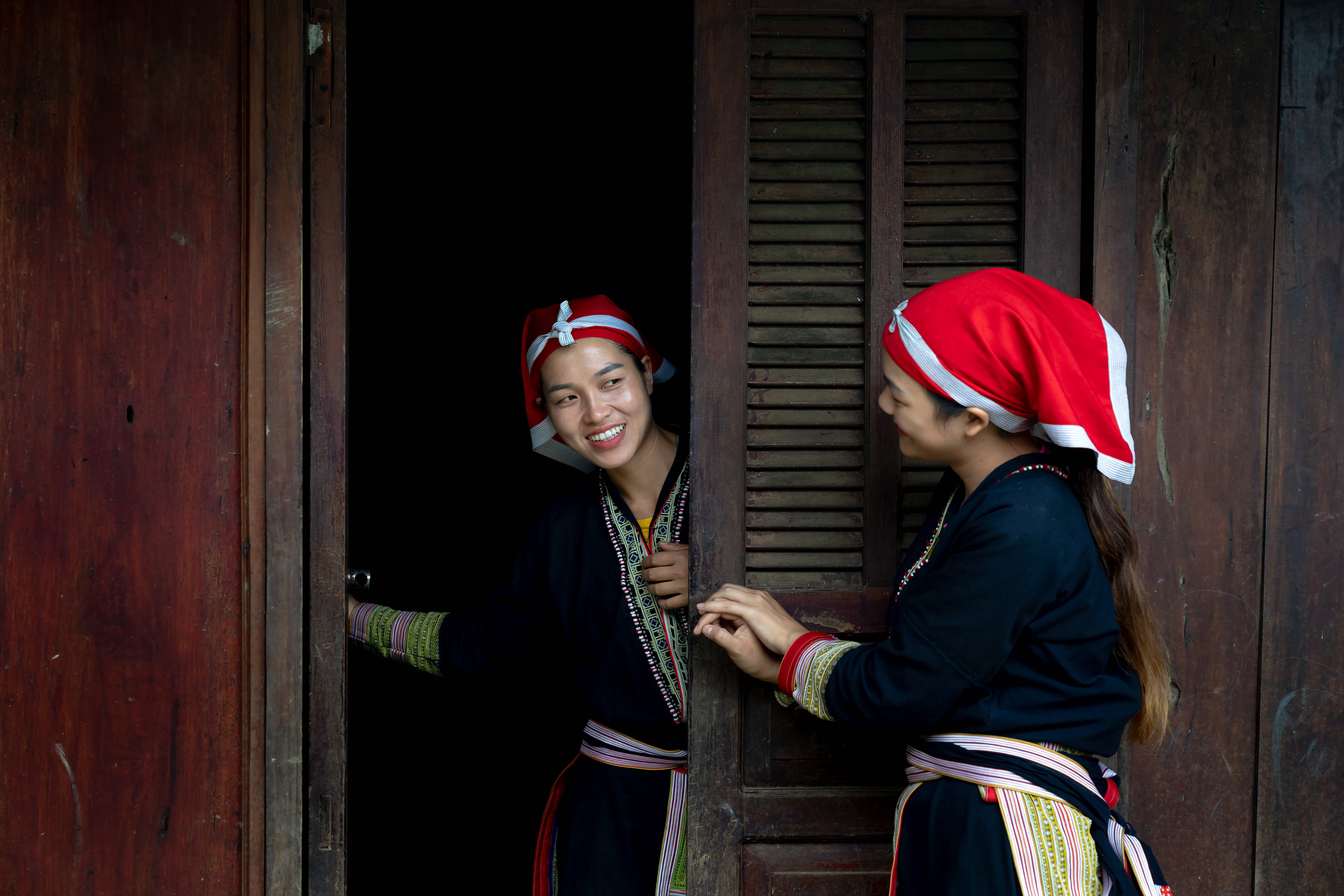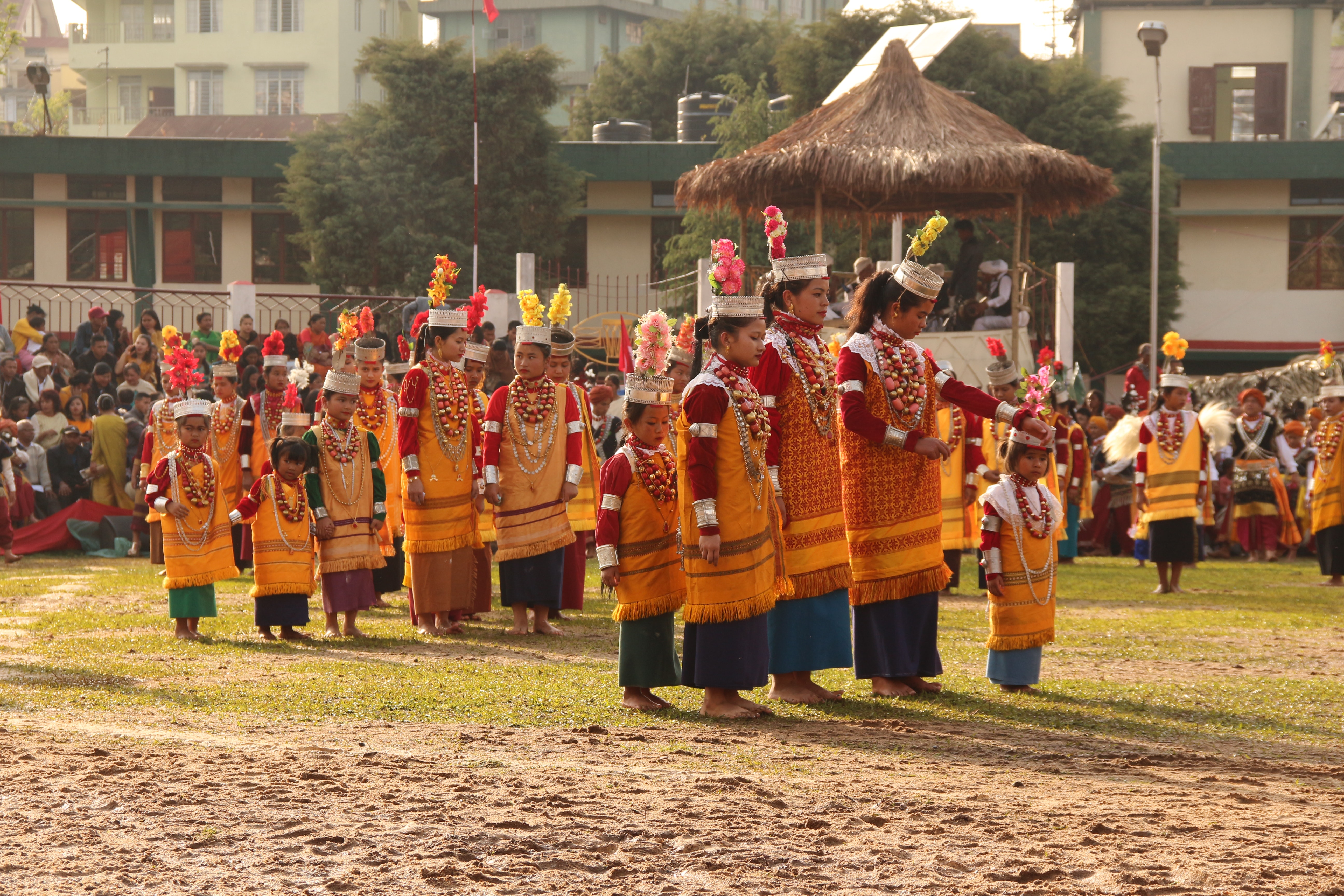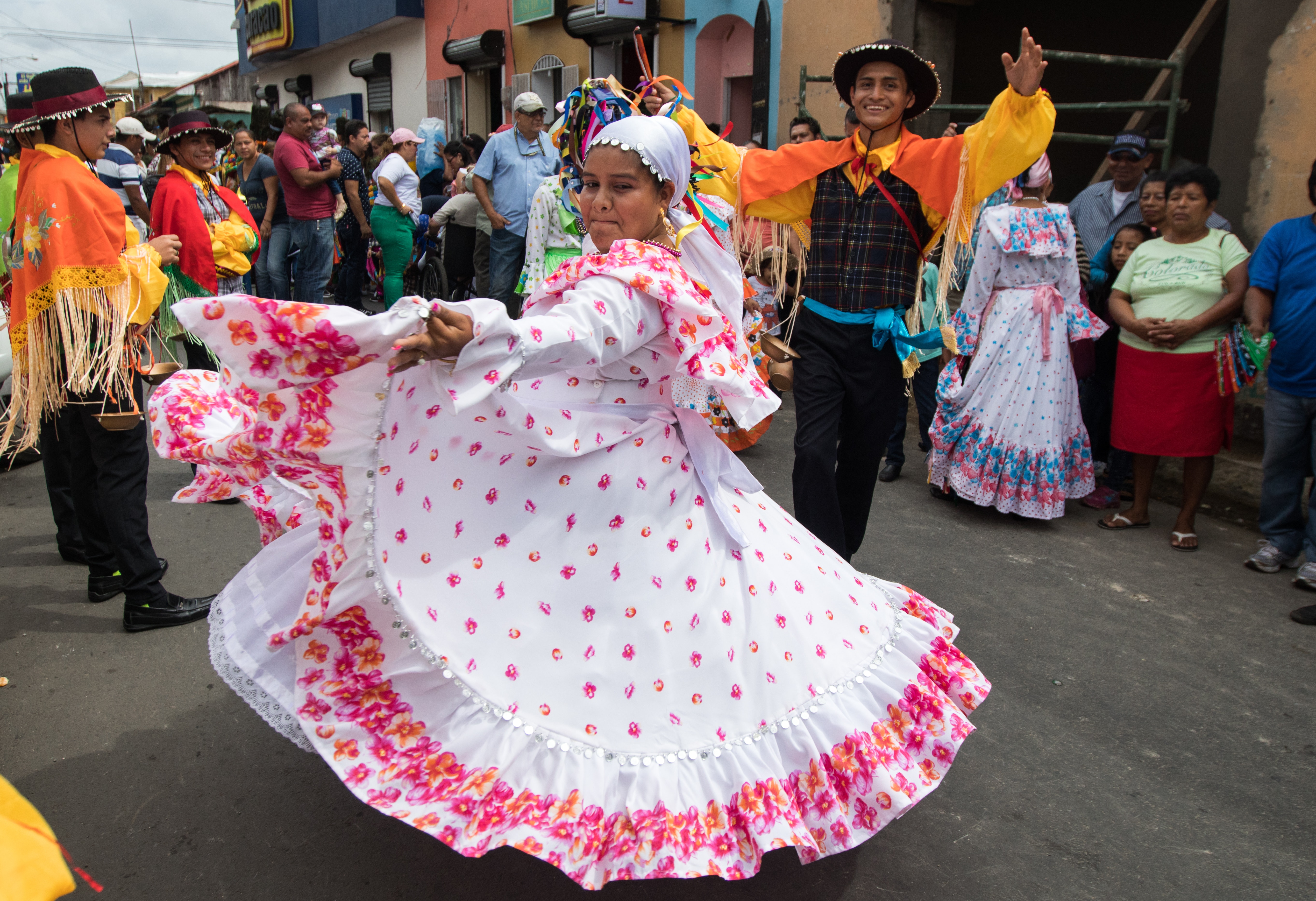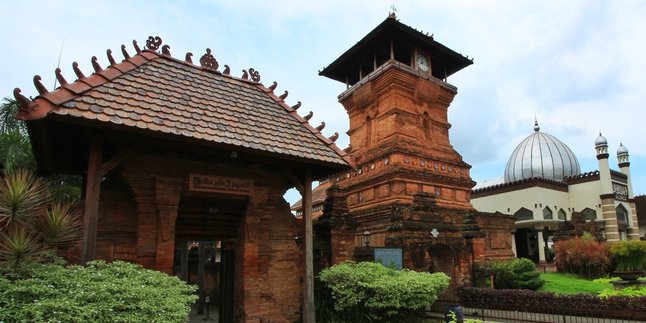Kapanlagi.com - Folklore may be a familiar term to some people. In general, folklore is often interpreted as a story that has been passed down from generation to generation in traditional communities. Many people also equate folklore with fairy tales or folk stories.
But folklore is not just a story, it is also part of a community's cultural heritage. Therefore, it is important to understand the definition of folklore and to understand the folklore stories that exist in society in order to keep them alive. Just like other cultural forms, folklore also holds valuable values.
So what is folklore and what are its characteristics? To find out, let's take a look at the following explanation.
1. What is Folklore

(credit: pexels)
The word folklore comes from the English term folklore. If broken down, the term folklore is a combination of two words, namely folk and lore. Therefore, to understand the meaning of folklore in its entirety, we need to understand the meaning of both words.
As for folk, it is translated as a group of people who have distinctive physical, social, and cultural characteristics. These characteristics make the group distinguishable from other groups.
Meanwhile, the word lore refers more to the customs or traditions of a group with those specific characteristics. More specifically, lore is a traditional custom that is passed down through generations, usually orally.
Therefore, folklore is often identified with folktales, myths, regional songs, and other oral cultures in society. However, broadly speaking, folklore encompasses not only oral cultures but also non-oral traditions such as ceremonies, dances, and so on.
The term folklore itself has now been absorbed into the Indonesian language and is listed in the Great Indonesian Dictionary (KBBI). According to KBBI, folklore is defined as traditional customs and folktales that are passed down from generation to generation but not written down. In addition, folklore is also defined as the science of traditional customs and folktales that are not written down.
2. Characteristics of Folklore

(credit: pexels)
Folklore is a habit, tradition, and culture that exists in a society. However, not all habits in society can be categorized as folklore. There are several characteristics that must be met for a habit, tradition, and culture to be considered folklore. Here are some characteristics of folklore.
1. Generally, folklore is passed down or transmitted orally from mouth to mouth.
2. Folklore must also be traditional. The traditional nature of folklore will be preserved even though it has been passed down from generation to generation.
3. Because it is spread orally, it is very possible for various versions to emerge in one folklore. This is considered normal and natural to occur because there is no guarantee of consistency that is maintained from one speaker to another.
4. Folklore can be passed down from generation to generation, so it is very possible if the creator's name is unknown (anonymous).
5. Folklore develops according to a certain formula or pattern.
6. Folklore exists not just for entertainment. Folklore also has a use for collective society. Therefore, not just any anonymous story can be called folklore.
7. A folklore develops with its own logic which may not be in line with common logic. This is because folklore is pre-logical.
8. Folklore is passed down through generations in the community. Therefore, folklore becomes the collective property of the community. Moreover, the status of the creator of folklore is also unknown, so it cannot be claimed as an individual's property.
9. Generally, folklore is simple and innocent, so it often looks rough and too spontaneous. However, this can be understood because folklore is actually the most honest manifestation of human emotions.
3. Types of Folklore and Examples

(credit: pexels)
Generally, folklore is synonymous with oral culture and tradition. However, in folklore communities, it is not just about oral things. There are also folklores that are partly oral and folklores that are in the form of actions. To clarify, here are the details of these types of folklores.
1. Oral Folklore
As the name suggests, this folklore is a tradition and culture that is oral and passed down from mouth to mouth. Examples of oral folklore include language, accents or dialects, folk poetry, folk stories such as legends, traditional songs, riddles, proverbs, and so on.
2. Partly Oral Folklore
Partly oral folklore is a folklore that is passed down and developed in society due to the influence of social aspects. It is called partly oral folklore because some of it is manifested through actions. Examples of partly oral folklore include beliefs, myths, or superstitions that exist in society, traditional dances, traditional games, customs, traditional performing arts such as ketoprak, lenong, ludruk, and so on.
3. Non-Oral Folklore
Non-oral folklore is folklore that is in the form of actions or manifested in objects or artifacts. Although it is in the form of actions and objects, the way this folklore is passed down is still through oral means. Examples of non-oral folklore include traditional house architecture, traditional cuisine, traditional medicine, traditional weapons, traditional clothing, and so on.
Those are some explanations of the understanding of folklore, characteristics, types, and examples. Hopefully, it can be useful and increase your knowledge!
(kpl/gen/psp)
Disclaimer: This translation from Bahasa Indonesia to English has been generated by Artificial Intelligence.















